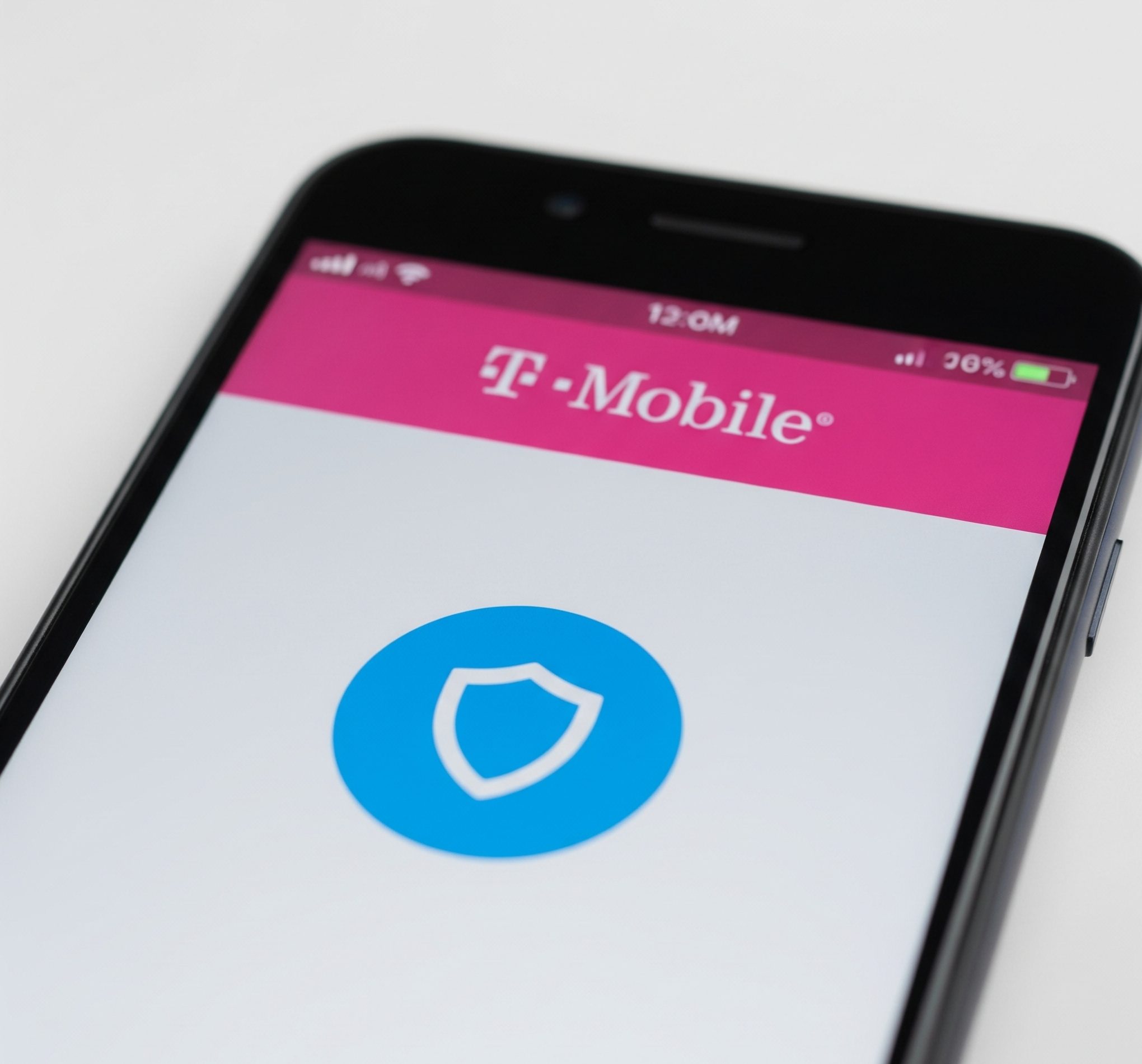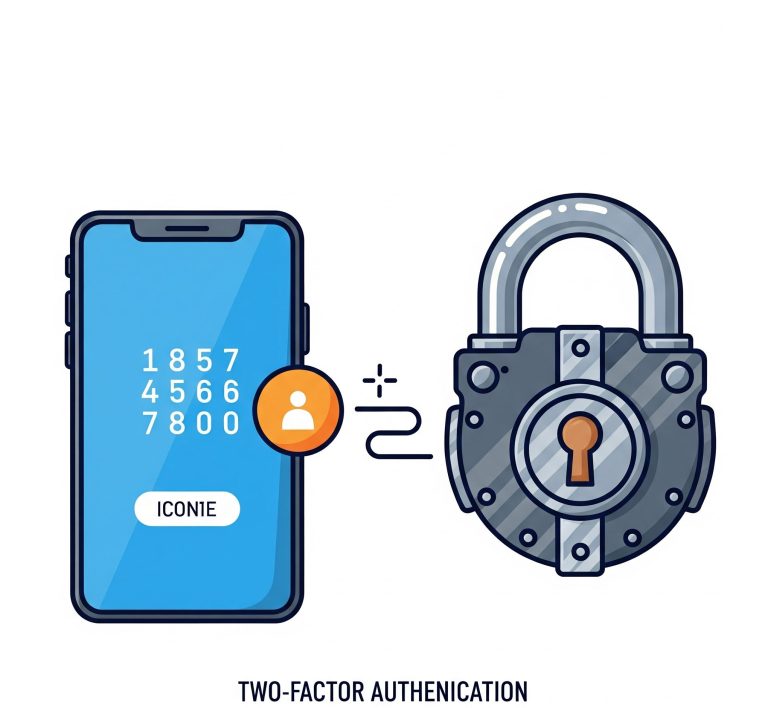In the bustling digital landscape of the United States, mobile phones have become indispensable tools for communication, information, and even essential services. T-Mobile, as one of the nation’s leading wireless carriers, plays a significant role in connecting millions of Americans. As part of this intricate network, users often encounter various system messages, and one that frequently sparks curiosity is the T-Mobile 456 text message. Far from being a random string of numbers, this short code serves a specific and important purpose within the T-Mobile ecosystem.
Contents
What is a Short Code?
Before diving into the specifics of 456, it’s crucial to understand what “short codes” are in general. Short codes are five or six-digit numbers used by businesses and organizations to send and receive text messages. Unlike standard 10-digit phone numbers, short codes are designed for high-volume, automated messaging, making them ideal for everything from marketing campaigns to customer service alerts and two-factor authentication.
These codes are country-specific, meaning a short code like 456 in the U.S. might be used for an entirely different service in another country. Their concise nature makes them memorable and easy to integrate into various forms of communication.
The Role of T-Mobile 456 Text Message
The T-Mobile 456 text message originates from an official T-Mobile short code. This means that messages coming from 456 are legitimate communications directly from T-Mobile itself. Unlike random numbers that might be associated with spam or phishing attempts, 456 is a recognized identifier for a range of critical account-related notifications.
Specifically, the T-Mobile 456 text message is primarily associated with automated notifications concerning changes or actions related to your T-Mobile account. This includes, but is not limited to:
- SIM card changes: If there’s a new SIM card activated on your line, you might receive a notification from 456. This is a crucial security measure to alert you to potential unauthorized activity.
- PIN or password changes: When you update your account PIN or password, T-Mobile often sends a confirmation or notification via 456. This helps verify the change and acts as another layer of security.
- Line cancellations or changes: If a line on your account is canceled, transferred, or undergoes other significant alterations, 456 can be used to inform the primary account holder.
- Number changes: When a phone number associated with your account is changed, 456 can provide a confirmation of this action.
- Port status updates: If you are porting a number to or from T-Mobile, 456 might be used to provide updates on the porting process.
- Rebate information: In some cases, information regarding rebates or promotional offers might be sent via this short code.
- Address changes: Updates to your billing or service address might also trigger a notification from 456.
- AutoPay setup or changes: If you enroll in or make changes to AutoPay for your T-Mobile bill, you may receive a confirmation from 456.
Essentially, any action that impacts the core services or security of your T-Mobile account is a potential trigger for a T-Mobile 456 text message.
Why These Messages are Important for U.S. Consumers
For T-Mobile subscribers across the United States, understanding the significance of the T-Mobile 456 text message is vital for several reasons, primarily concerning security and account management.
Enhanced Account Security
In an era of increasing digital fraud and identity theft, the T-Mobile 456 text message acts as an important security alert. If you receive a message from 456 about a change you did not initiate (e.g., a SIM card change or a PIN reset), it’s a strong indicator that your account might have been compromised. This immediate notification allows you to take swift action, such as contacting T-Mobile customer service to investigate and secure your account.

Transparency in Account Activity
These messages provide transparency regarding significant account actions. Whether it’s a planned change you made or an automated update from T-Mobile, receiving a T-Mobile 456 text message ensures you are kept informed. This level of communication helps users track changes, verify actions, and maintain peace of mind about their mobile service.
Differentiating Legitimate Alerts from Scams
The presence of a dedicated short code like 456 helps users differentiate between legitimate T-Mobile communications and potential phishing attempts. While scammers may try to spoof numbers or send deceptive links, knowing that certain critical notifications come specifically from 456 can empower users to identify and disregard fraudulent messages from other, unfamiliar numbers. Always exercise caution and verify any suspicious links or requests directly with T-Mobile if you are unsure. When in doubt, it’s always best to contact T-Mobile customer service directly by dialing 611 from your T-Mobile phone or using their official contact channels.
What to Do If You Receive a T-Mobile 456 Text Message
Upon receiving a T-Mobile 456 text message, consider the following:
- Verify the content: Does the message relate to a recent action you took on your account (e.g., you just changed your SIM card)?
- Do not click suspicious links: While T-Mobile uses 456 for legitimate notifications, it’s always wise to avoid clicking links in unexpected messages, even from known short codes, if you’re not sure. Instead, navigate directly to the T-Mobile website or app.
- Contact T-Mobile if suspicious: If the message from 456 seems out of place or relates to an action you did not authorize, immediately contact T-Mobile customer service. They can verify the legitimacy of the message and help you secure your account if necessary.
- Keep records: For critical account changes, keeping a record of these notifications can be helpful for your personal records.
Beyond the Numbers: The Importance of Communication
The T-Mobile 456 text message is a small but significant piece of the broader communication strategy employed by major wireless carriers. It exemplifies how short codes are used to deliver concise, timely, and often critical information directly to subscribers. For T-Mobile users in the U.S., recognizing this specific short code empowers them to manage their accounts more effectively and, crucially, to safeguard their personal and financial information in an increasingly digital world. Understanding these underlying mechanisms helps build a more informed and secure user base, enhancing the overall digital experience for everyone.







